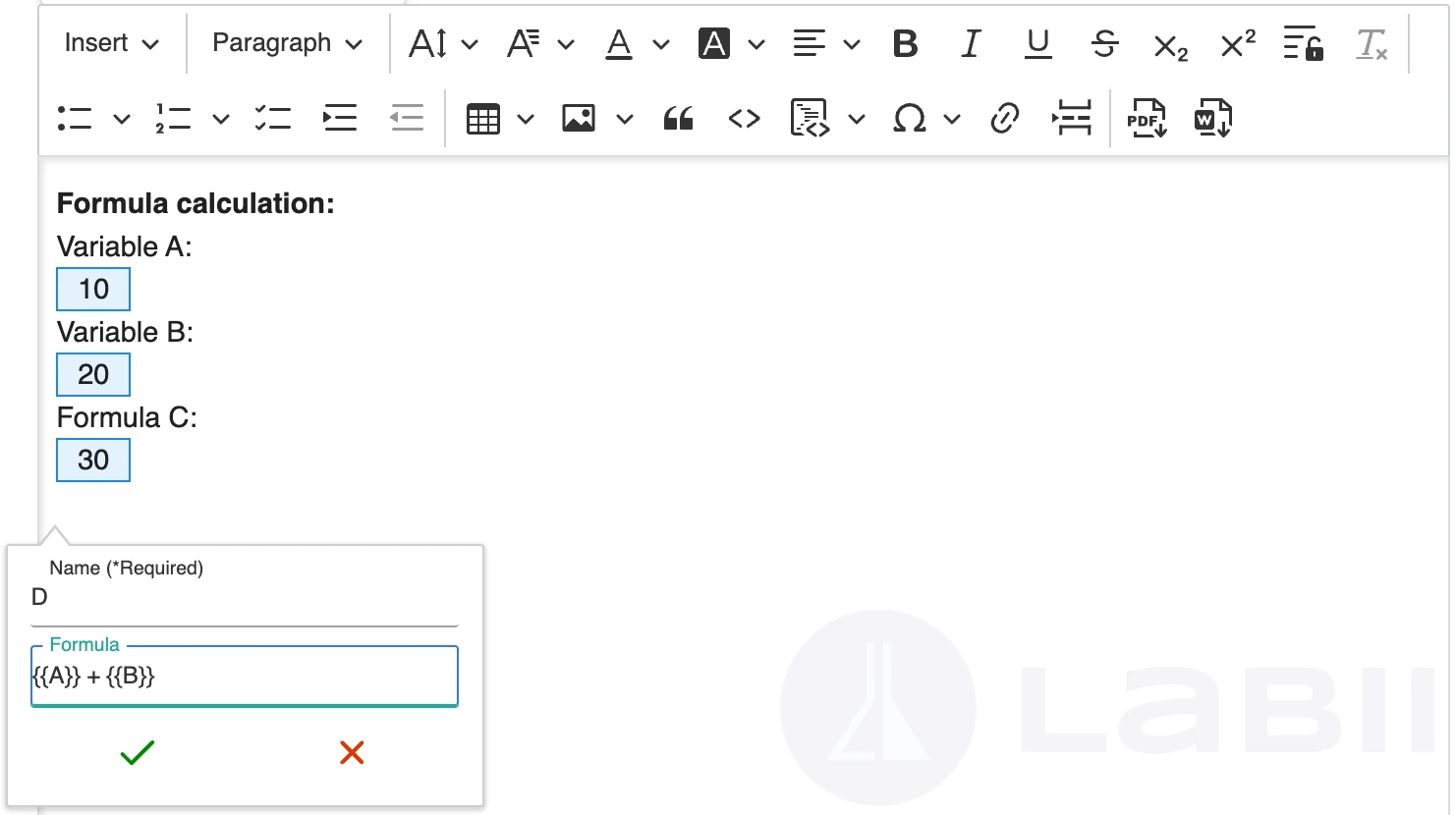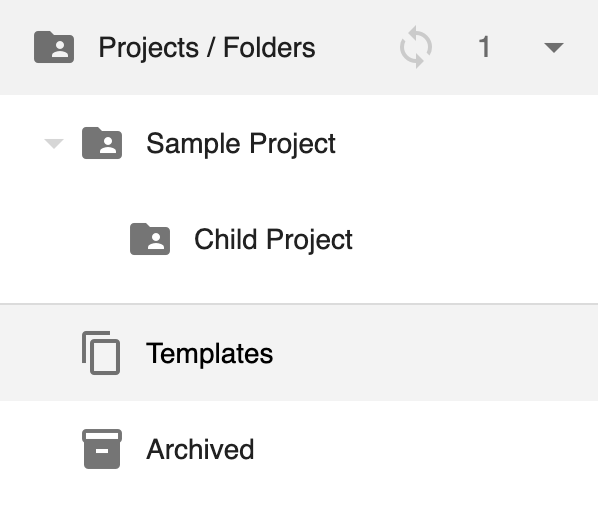- Home
- Pricing
- About Us
- Partners
- Jobs
- Contact Us
- All in One Data Platform
- Fully Customizable
- Adaptable Widgets
- Process Integration
- AI Integration
- Hardware & Software Integration
- Top Tier Security
- User Friendly Interface
- Professional & Speedy Support
- Data Centers
- Barcode/QR Code System
- articleElectronic Lab Notebook (ELN)
- inventory_2Inventory Management
- scienceLaboratory Information Management Systems (LIMS)
- calculateFormulation Management
- yardAgricultural Research Manager (ARM)
- health_and_safetyQuality Management System (QMS)
- groupsCustomer Relationship Management (CRM)
- todayProject Management
- shopping_cartPurchase Management
- descriptionReference Management
- differenceOther Applications
- Biotech and Pharmaceutical Companies
- Contract Research Organizations (CROs)
- ELN/LIMS Providers
- Any Organization Needing Data Documentation
- Login
- Free signup
- Request a demo
- Referral Program
- Subscribe to our newsletter
- Documentation
- Blogs
- Resources
- Screenshots
- Downloads
- Terms of Service
- Privacy Policy
Electronic Lab Notebook (ELN) for Research and Development
Capture, organize, and analyze experimental data in one unified platform
Overview
Labii ELN for Research and Development is a fully configurable electronic lab notebook designed to meet the complex needs of scientific teams. Whether you’re in biotech, pharma, or academic research, Labii empowers you to capture, organize, and analyze experimental data in one unified platform. It’s especially well-suited for documenting daily activities, from routine lab work to detailed experiments. With rich-text editing, AI-generated notes, advanced data widgets, and compliance-ready audit trails, Labii supports efficiency, collaboration, and reproducibility—adapting seamlessly to your workflows so you don’t have to adapt to your ELN.
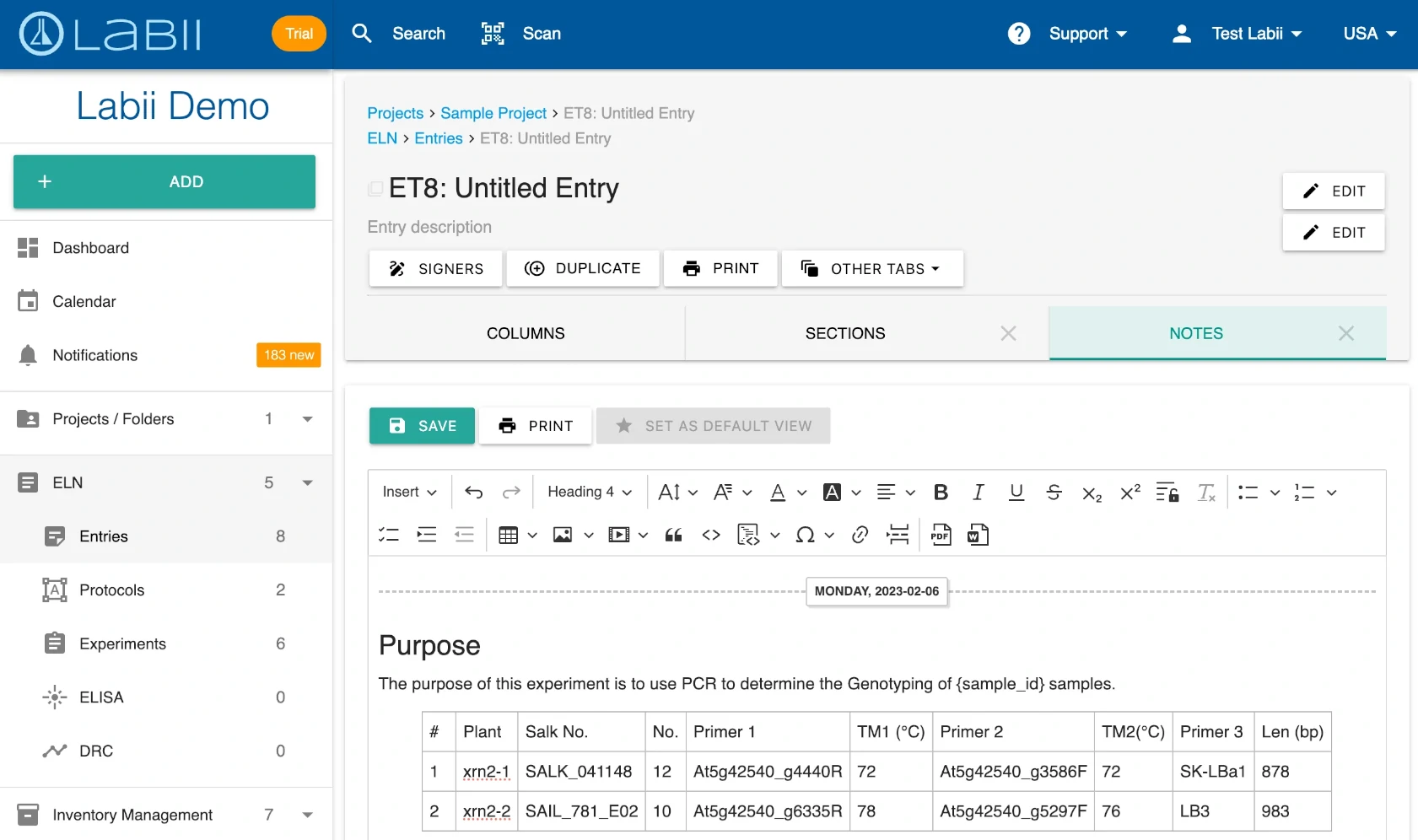
Instantly Generate Notes with AI
Save time and focus on science—Labii’s AI-powered assistant can summarize your daily activities and experimental work into well-structured entries in seconds. This smart automation reduces manual input and ensures consistent, high-quality documentation across your R&D team.
read_moreRead more about AI assistantIntuitive Rich-Text Editor
Labii offers a powerful yet easy-to-use rich-text editor that lets you format content naturally—bold, italicize, bullet, embed images, tables, and more—just like writing in your favorite word processor, but purpose-built for scientific research.
read_moreLearn more about rich text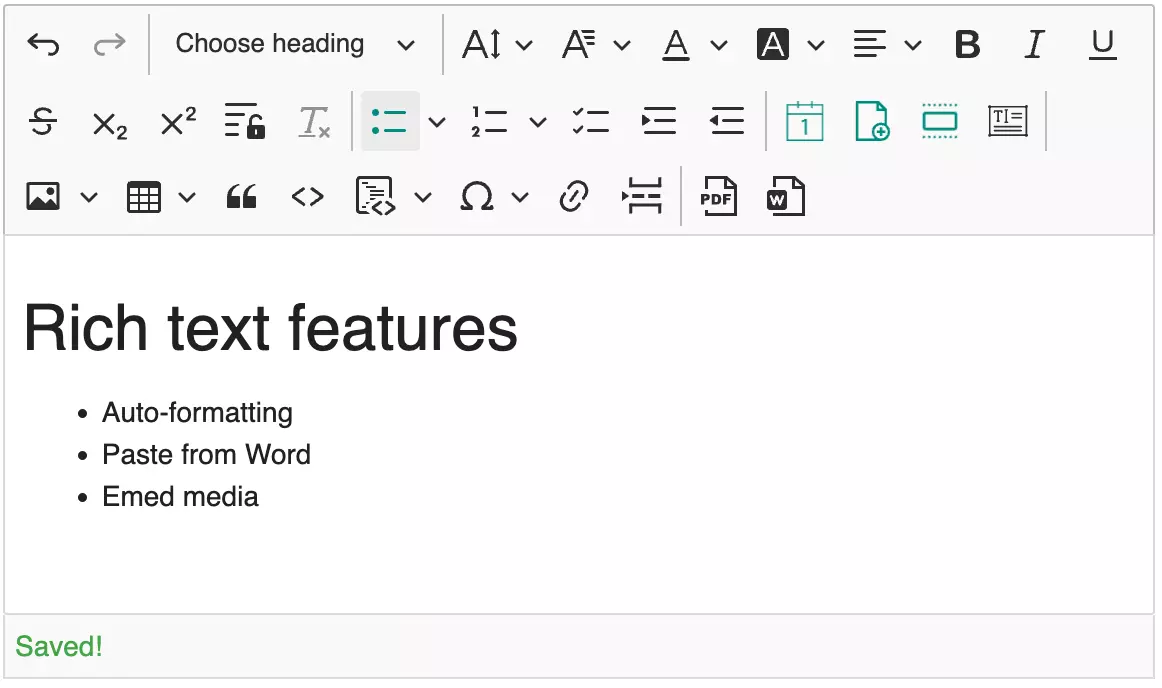
Reuse Procedures with Template Text Blocks
Standardize and streamline documentation by inserting predesigned text blocks, such as common protocols and procedures, with just one click. Labii’s template text blocks improve consistency, reduce errors, and save time for routine or repetitive experiments.
Work Seamlessly with Any File Type
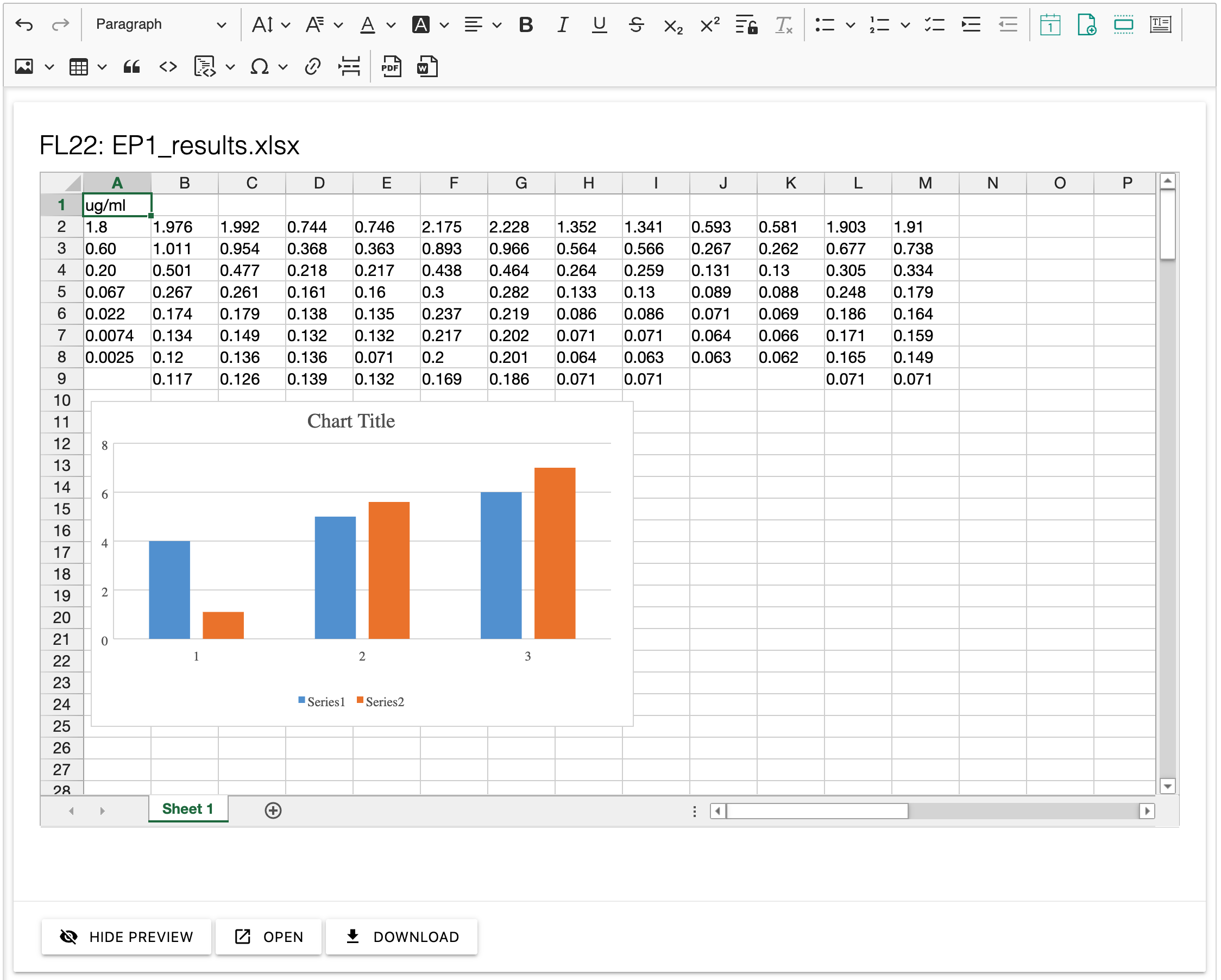
Upload files of any type—images, PDFs, spreadsheets, and more—directly into your entries. Labii lets you preview and edit supported files within the same interface, keeping your workflow uninterrupted and your data centralized.
read_moreLearn more about insert fileAdvanced Scientific Widgets at Your Fingertips
Go beyond basic documentation by embedding specialized widgets like plasmid map editors, chemical structure viewers, and more. Labii allows you to manage complex scientific data directly within your notebook, without switching between tools.
read_moreLearn more about insert section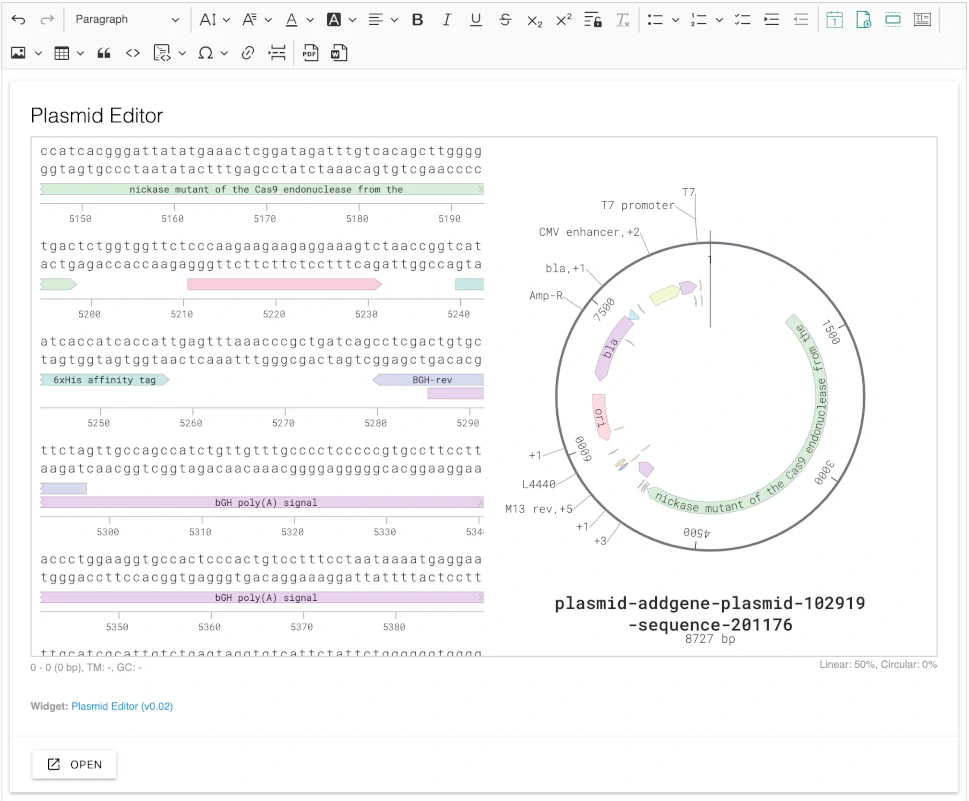
Built-In Calculations with Variables and Formulas
Easily define variables and insert formulas for real-time calculations. Whether it’s concentration, dilution, or other lab math, Labii makes it simple to compute values right within your ELN, reducing manual errors and improving reproducibility.
Track Who and What Was Used
Labii allows you to tag users, samples, reagents, and equipment directly within each entry. This creates a detailed usage log and ensures full traceability of resources, ideal for compliance, collaboration, and reproducible science.
read_moreLearn more about mention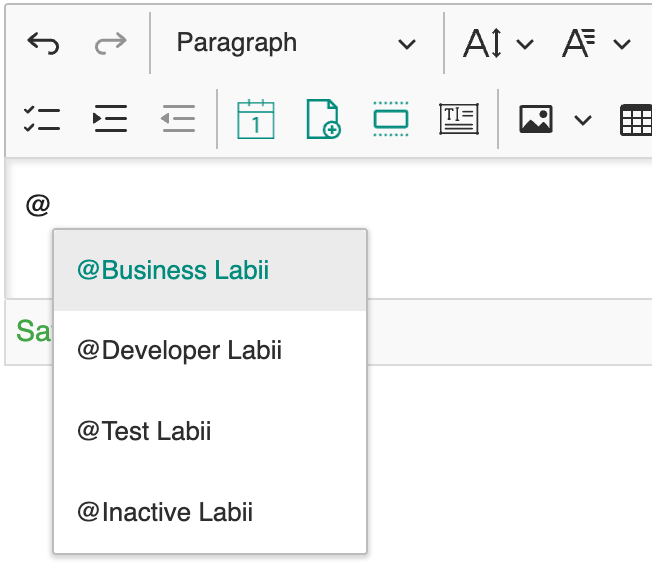
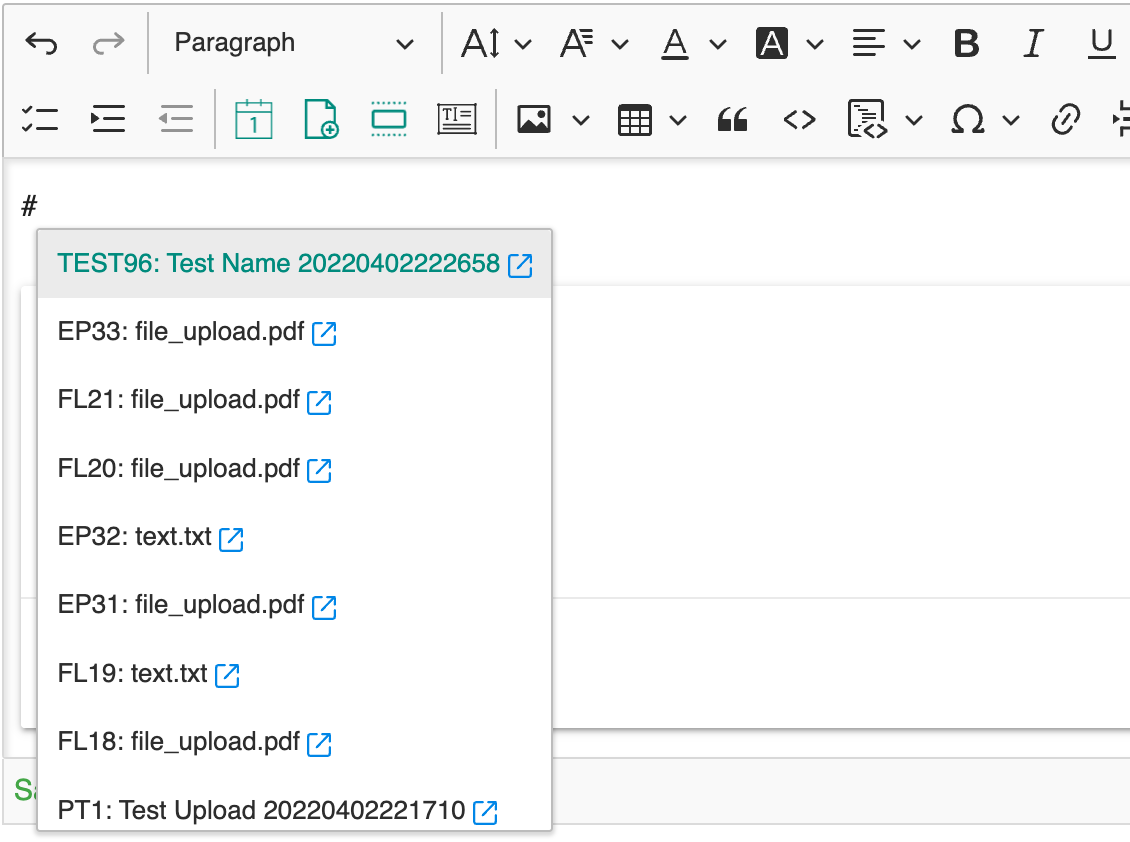
Auto-Save for Peace of Mind
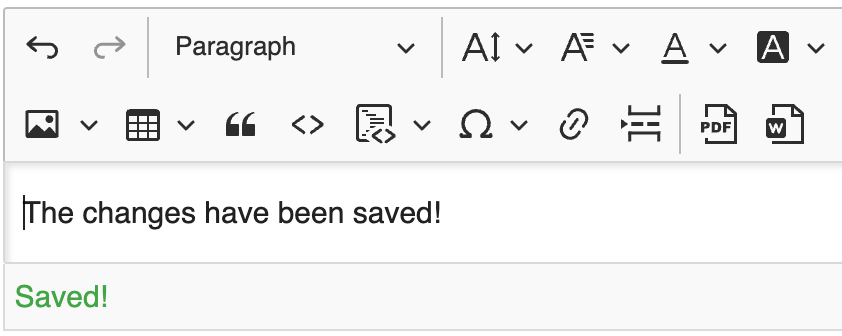
Never lose your work—Labii continuously auto-saves your entries as you type. Your data is protected in real time, giving you confidence that every observation and result is securely recorded.
Streamline Repetitive Work with Smart Templates
Labii ELN makes it effortless to document recurring experiments by allowing you to create entries from reusable templates. Each template can carry over all the necessary structure, content, and metadata—so users only need to update the parts that differ, such as variables or results. This dramatically reduces time spent on routine documentation, ensures consistency across entries, and minimizes errors in high-throughput or standardized workflows.
Compliance with Digital Signatures and Audit Trails
Labii supports digital signatures, detailed audit trails, and full compliance with FDA 21 CFR Part 11 requirements. Every change is logged and traceable, providing the security and regulatory support demanded by modern R&D environments.
Readmore

Labii Electronic Lab Notebook (ELN) is a cloud-based research management tool that helps scientists, researchers, and academic institutions to streamline their research processes. It provides a centralized platform for recording, managing, and sharing research data in a secure and organized way. Labii ELN enables researchers to create and update digital lab notebooks, track experiments, manage protocols, and collaborate with team members in real-time. The platform offers a variety of features such as customizable templates, task management, file sharing, and version control, which enhance the accuracy and efficiency of research processes. Labii ELN is designed to simplify the research workflow and increase productivity, saving researchers time and effort.

Research and develop, or R&D for short, are companies and governments who undertake extensive innovation activities in order to create or improve existing products and services. Typically, it includes the activities that companies undertake to innovate and introduce new products and services to the market. This is often referred to as the initial phase of the product development process.
Ready to Build Your Own Scientific Applications?
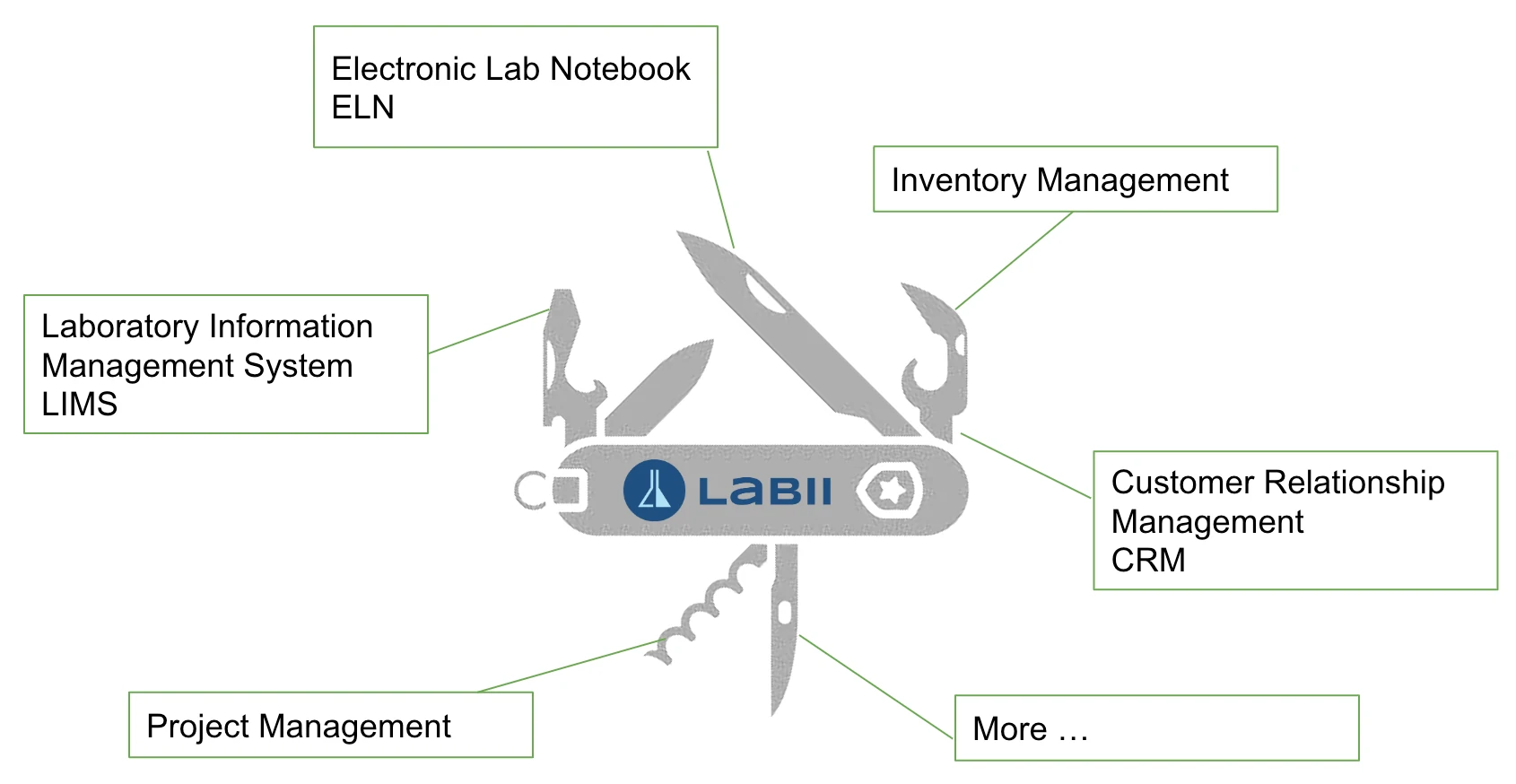
See how Labii can transform your research management. Schedule a live demo or start configuring your system today. Whether you’re looking for a complete ELN/LIMS replacement or building your own lab workflows, Labii gives you everything you need to start fast and scale smart.
Refer a company to Labii and earn free months for each seat they sign.

